
In the Lake MOTOSU --Vol.26--
Leave-it-Alone Method
I fetched sinking line from my car and put it to the rod. Surely fish were hiding deep in the water around here. I thought lack of rise showed that. So I planned to lower my fly into the water to aim at wider area. On the other hand, my migration fish was going to come back an hour later. I had no doubt about its migration cycle. Now I killed time by fishing in a different way, in short, casting the fly far, although I checked my watch every 5 minutes. Nearly 50 minutes passed. Nothing happened in spite of a long journey of my fly. I decided to make one more casting and then to change the line into floating line again to prepare for that migration fish. I started retrieving the line for the last casting. Suddenly the line was pressed down. Here comes a fish! That is what I wanted. I raised the rod and wound the reel as I walked back not to loosen the line. The fish came up to the surface with swinging head. It was a brown trout about 50cm. I felt it was too small as a reward for my long waiting. Anyway, I caught a nice-sized one. I removed the fly from the fish. Then I realized there was no rise when I caught it. Hum, it is possible a lot of fish have come close to the bank as they are swimming deep in the water.
The young of brown trout grow to this size in 2 or 3 years.
Hesitation
Some part of my brain denied my guess but other part whispered that I should bet on it at once. There was no time to hesitate. I cast the fly again.
Fiesta is hooked so deeply that it was nearly bitten off.
I repeated casting and retrieving several times. But I got no bite any more. Then almost one hour passed since the previous rise. It was time to change the line. I hurried to put the floating line to all the guides. Then I was about to put the fly to the leader tip when a water column appeared in front of me Oh, no! I panicked and hurried to finish my work. Then I cast the fly across the half-disappearing ripples and retrieved the line. It was too late. Immediately I cast it again. But when it settled on the water a giant brown trout split the water again and showed its upper body. It appeared very close to me. I could have hit its head with my rod tip.
Light rain had begun to fall but it was at midday. I clearly saw its face, far from the case of black silhouette. I repeated casting earnestly. But the rain became heavier and I had to leave there. Although I ended up in the same failure I learned two important things. One is that I should wait for the fish to come back from its migration without hesitation. The other is that I should not retrieve the line when the fish stays near but keep the fly drifting because most of their bait, dying small fish were floating on the water.
Later those tactics were very common among brown trout fishermen in Lake Motosu. A lot of monsters were caught. They were called "leave-it-alone" method because we do nothing after casting the fly.

Size 2 Fiesta looked extraordinary small.
Hunter
I became confident "leave-it-alone" method was the most effective to fish in Lake Motosu in spring. The key factor was to find brown trout that migrated regularly to seek after their bait, small fish. So first of all I had to find the drift of small fish. The drift was usually found in the inner bay to the leeward although the exceptions were not rare. Several years later I discovered such drift and migration happened most often about April 25th. The date was memorized by anglers who aim at monsters with double-handed rod as a special day of Lake Motosu.Thus I got a successful method for spring fishing but none for autumn-to-winter in spite of a lot of catch.
The autumn season of 1978 just began. It was a year since I caught my first monster. In autumn fish always jump in the centre of the lake, whereas we can see them hunting near the bank in spring. So now I was forced to wait for a collision with a rushing-out fish. But it was far from effective fishing.
Recently more and more anglers came to Lake Motosu to fish brown trout. Nevertheless brown trout were still their dream fish.

In spring brown trout were often caught in bad weather.
Midges and White Minnows
I was thinking why brown trout did not hunt their bait near the bank in autumn and winter. The simplest answer was because there was no small fish there. In autumn no sweet fish or pond smelt was drifting. Some sweet fish laid eggs even in winter but were never drifting on the surface. Pond smelt sank deep in the water and never came up to the surface. Probably brown trout followed them deep into the water. That was beyond fly fishing. Well, what on the earth do brown trout on the surface eat? Only white minnow was a possible answer. Actually a lot of them lived in the lake. They swam near the bank just under the surface, unlike pond smelt or landlocked red salmon. If I am not wrong, brown trout that mainly eat white minnows will come into my area. I hope I will get a good method.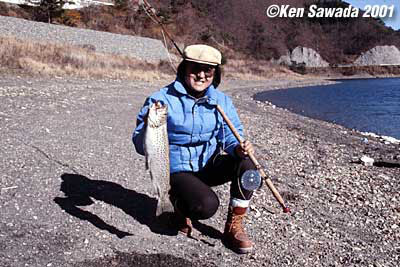
In autumn brown trout were often caught in fine and mild weather.
I remembered how I had fished or found brown trout from autumn to winter in the past. First of all I noticed about the weather. In autumn something hopeful happened in a fine day in most cases. It was completely different from spring when fishing was suitable in rough weather or afterwards. Actually, I caught both a giant brown trout and a rainbow trout on very fine days in autumn in 1977. Although mornings and evenings were cold in fine days some midges flew around on the surface in the warm daytime. Then a shoal of white minnows started making rises to the midges near the bank. I often saw that scene after autumn. It always happened when a migratory anticyclone covered the main island of Japan.
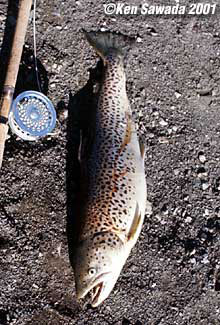
No one knows how many brown trout chase white minnows. Anyway, anglers never overlook those that are hunting just under the surface. But almost no angler saw brown trout eating small fish near the bank or watched them migrate in autumn. Instead, there were different scenes from spring. One was that several fish chased their bait together. I was overwhelmed by the scene that some big fish split the water and ran after small fish. But I had nothing to do except for staring at it. It happened 50m away in an especially close case and usually 100m away in the centre of the lake. It was found at the daybreak and afterwards in most cases and seldom in the daytime.
The other was that white minnows ran away from something. They jumped from the nearby surface and skipped to run away. They skipped like a pebble that children threw parallel to the surface skipped. I had often seen the same scene in Lake Sagami and Lake Tukui, where white minnows ran away from large mouth bass. In Lake Motosu there was no large mouth bass in those days. What fish ran after white minnows? Of course, brown trout was my first answer. In spring they split the water or showed their body when they chased their bait. I saw that many times. White minnows usually jumped around only for a few seconds and disappeared. I thought big Japanese dace or the young of brown trout chased them when they happened to pass by them. If my guess is right, I will do nothing but wait for my collision with a rushing-out fish, as in the last year. But the probability of our collision will be quite low, however high the probability is that big brown trout near to their spawning season come close to the bank from late autumn to winter.
-- To be continued --
- NET SHOP INFORMATION
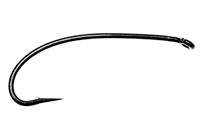
SL6 Black Spey Hooks
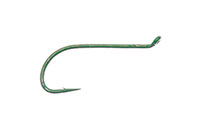
DU3 Limerick Spinner Hooks
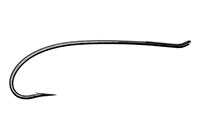
SL4 Single Bartleet Hooks
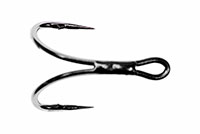
XD1 Tube Fly Double Hooks
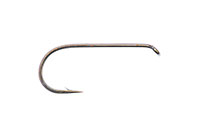
DD2 Flat Perfect Hooks
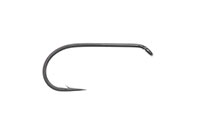
DD1 Black Terrestrial Hooks
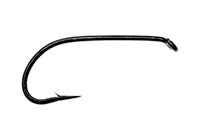
TD4 Old Limerick Wet Hooks
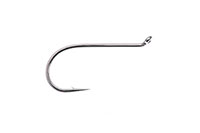
DU1 Silver May Hooks
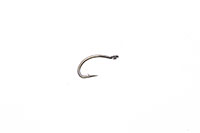
MU1 Flat Midge Hooks
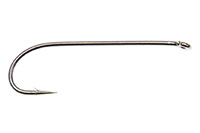
LD3 Long Limerick Hooks
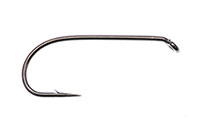
TD2 Summer Sproat Hooks
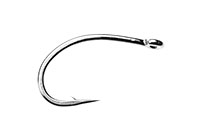
XS1 Tube Single Silver Hooks
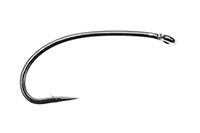
TD6 Siver Sedge Hooks

SL5 Black Spey Hooks

DU3 Limerick Spinner Hooks
- TROPHY CLUB
- FLY SHOW
- EXHIBITION
- MASTERS`
- FLY DRESSING CONTEST Archives
- TRAVELLER Archives
- TACKLE IMPRESSIONS Archives
- ANGLERS` PHOTO GALLERY Archives
- ----------------------------------------------
- トロフィークラブ
- フライショー
- エキシビション
- マスターズ
- フライドレッシング・コンテスト・アーカイヴ
- トラヴェラー・アーカイヴ
- タックル・インプレッション・アーカイヴ
- アングラーズ・フォトギャラリー・アーカイヴ
株式会社サワダ 185-0021 東京都国分寺市南町3-13-4
SAWADA'S INC. 3-13-4 Minamicho, Kokubunji, Tokyo 185-0021, Japan
写真・ドキュメントの無断転載を禁じます。
All the images and documents found on this site are owned by Ken Sawada and may not be used without permission.
But, link to this site is FREE.
Copyright © 2000 - 2025 SAWADA'S INC.. All rights reserved.
SAWADA'S INC. 3-13-4 Minamicho, Kokubunji, Tokyo 185-0021, Japan
写真・ドキュメントの無断転載を禁じます。
All the images and documents found on this site are owned by Ken Sawada and may not be used without permission.
But, link to this site is FREE.
Copyright © 2000 - 2025 SAWADA'S INC.. All rights reserved.
